Affiliate links on Android Authority may earn us a commission. Learn more.
Why Google needs help from OEMs to fix Wear OS
Published onApril 14, 2019
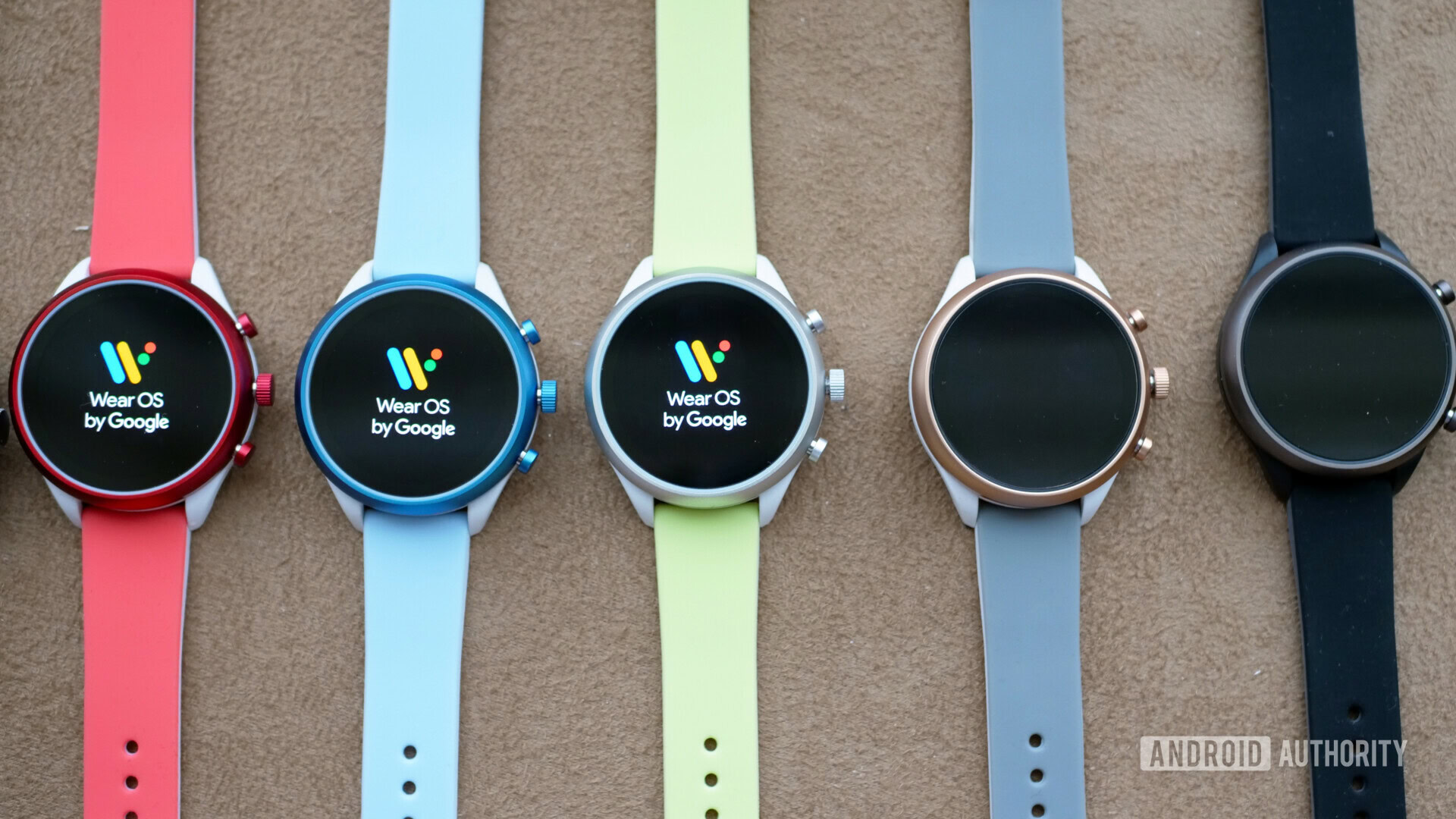
Wear OS has its ups and downs. It’s a perfectly serviceable smartwatch OS and there are a bunch of good smartwatches with it. However, it’s got problems. A lot of people don’t see the benefit of owning a smartwatch, and the OS simply hasn’t evolved into something overly desirable.
Wear OS just isn’t clicking with the whole ecosystem, like what Apple tapped into with the Apple Watch. For now, OEMs can make Wear OS watches, but they don’t have a ton of freedom to play with the OS. Maybe it’s time they get it.
Understanding Android’s evolution
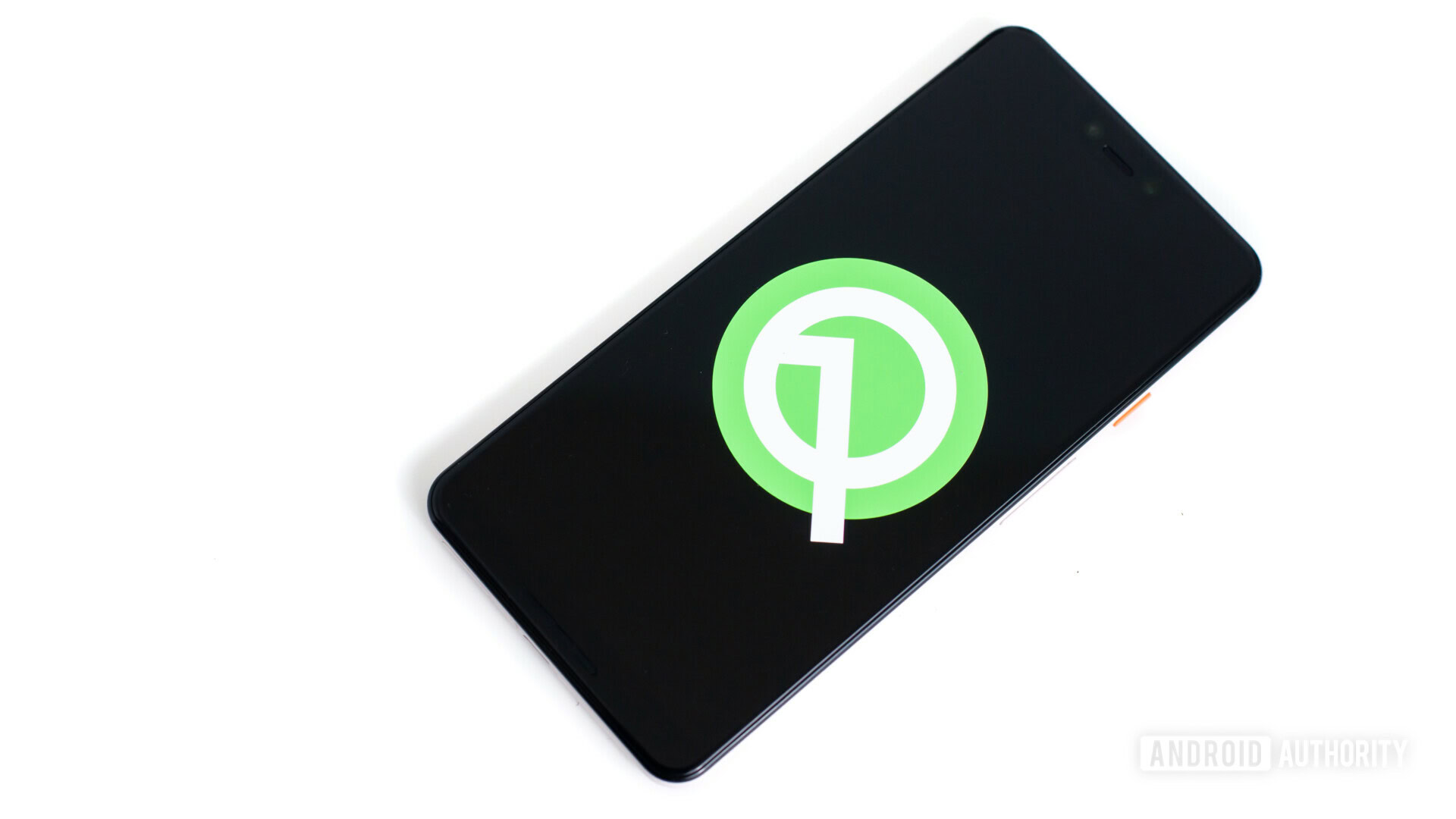
Let’s step back and look at Android’s relationship with OEMs. Currently, device manufacturers can add all kinds of hardware and software features, themes, designs, and whatever else they want on top of stock Android. Google is cool with it, as long as OEMs follow the rules. A lot of purists believe Android doesn’t need OEM skins and customizations anymore, but I think that’s the wrong attitude.
Read more: The many flavors of Android: a look at the major Android skins
You can find examples of OEM customizations everywhere in vanilla Android. Samsung and LG had multi-window long before stock Android. Huawei, Samsung, and Royole revealed folding phones before Google even had the chance to optimize Android for it. Even the classic toggles in the notification shade were on OEM devices and rooted ROMs before Google added them in Ice Cream Sandwich. Motorola, HTC, LG, and others had aptX and aptX-HD Bluetooth audio support years before Oreo. Android Q finally has some hints of native theming, a feature you can find on OEM skins stretching back a decade.
Stock Android is filled to the brim with features that came from OEM software customization.
You can go as far back as you want. OEM customizations get integrated into vanilla Android every year and — most of the time — it offers a positive experience. Stock is definitely the cleanest version of Android, but at this point, it’s basically a cherry-picked collection of OEM skin features. It’s the product of a collaborative effort that keeps things fresh, fun, and interesting.
Wear OS has none of this because OEMs can’t play with the software the same way. Right now, device makers can change the design of the watch itself, which is occasionally promising. LG released a smartwatch with analog watch hands, for instance. However, the lack of software innovation makes Wear OS feel stagnant.
OEMs drive hardware innovation too
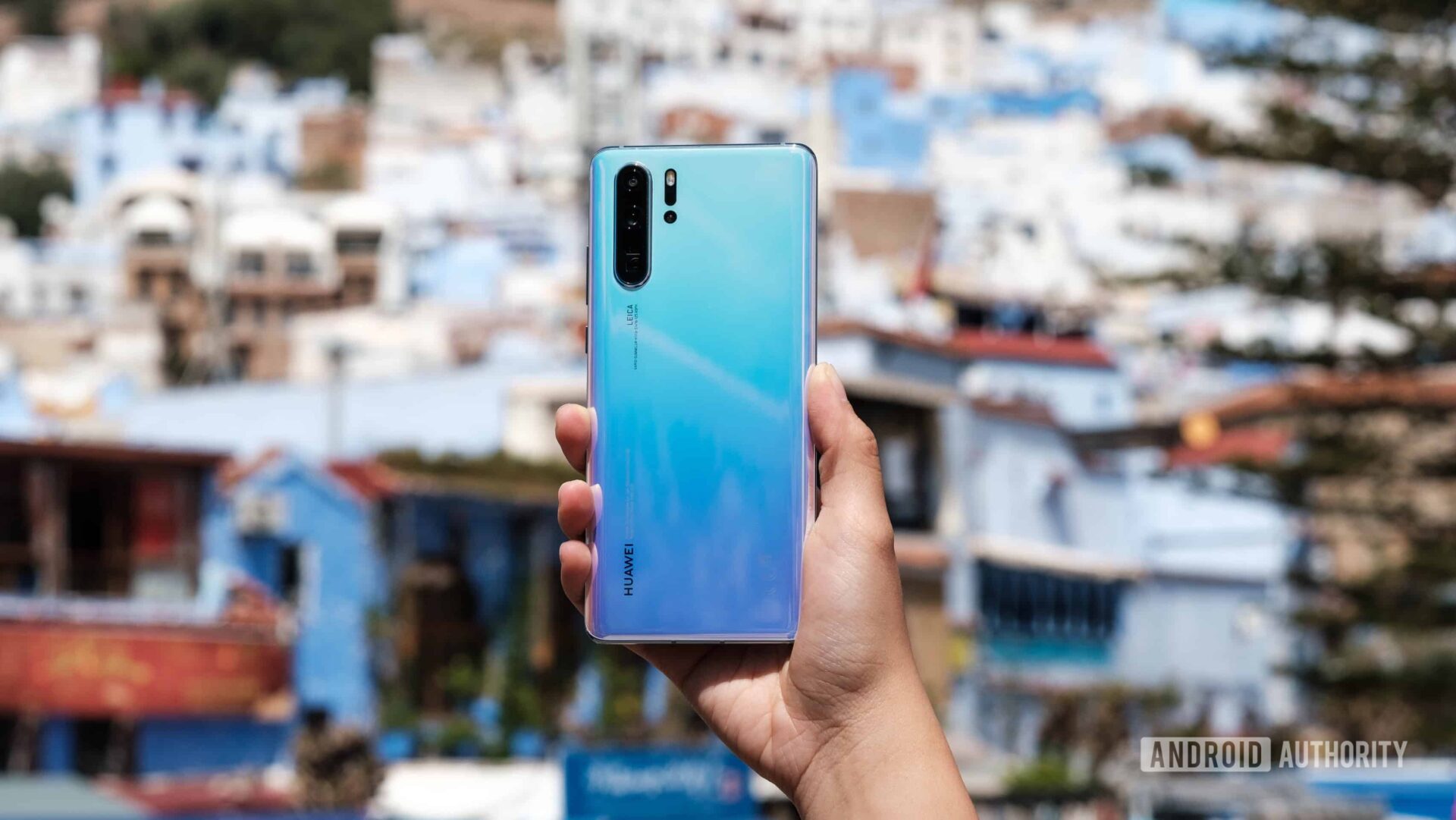
A lot of innovation in hardware requires software support, as well. HUAWEI has a really neat telescopic zoom camera on its recently launched P30 Pro. Samsung had fingerprint scanner support for app developers. Multiple camera support wasn’t even official until Android Pie. You’ll find stuff like this up and down the stock Android update list. Stock Android didn’t support these things natively, OEMs had to add support themselves.
A lot of the new hardware features we see on Wear OS are external to the software. For now, we have to settle for things like whether or not a watch has speakers, a microphone, enough internal storage to store music. Most of the Wear OS talk is about how nice the watches look, rather than what exciting new things they can do.
Looks only get you so far.
The point

Wear OS and the phone version of Android feel like two entirely different products and I don’t believe that should be the case. Android is basically a family practice. You have Google focusing on things like Project Treble, Adaptive Battery, Adaptive Brightness, and making sure Android has the basics like all of the available Bluetooth codecs. It’s not exciting, but necessary for the OS to work on today’s modern smartphones.
OEMs test the market, branch out, and come up with all kinds of ridiculous features. If those features are good enough, they get rolled into Android and everybody wins. The competitive and collaborative aspect to it is fascinating. You can scroll back through our entire site history, and see for yourself. When something interesting happens, there’s a good chance an OEM is behind it.
OEM software helped make Android what it is today. It can do the same for Wear OS.
Wear OS simply doesn’t have that kind of hype. We get Wear OS news once or twice a year, usually at Google I/O. The other 51 weeks of the year have watch releases that don’t inspire much excitement. In recent memory, the most excited I was for Wear OS was Qualcomm launching its new Snapdragon Wear 3100 back in late 2018. That was almost seven months ago.
It’s clear Google and OEMs see value and untapped potential with Wear OS — after all, a bunch of watches release every year. However, that potential just doesn’t seem to ever get tapped and none of us are getting any younger.
Android phone OEMs do something cool, ridiculous, or both basically every week. It may never be quite that exciting for Wear OS, but it should definitely be a little more entertaining.
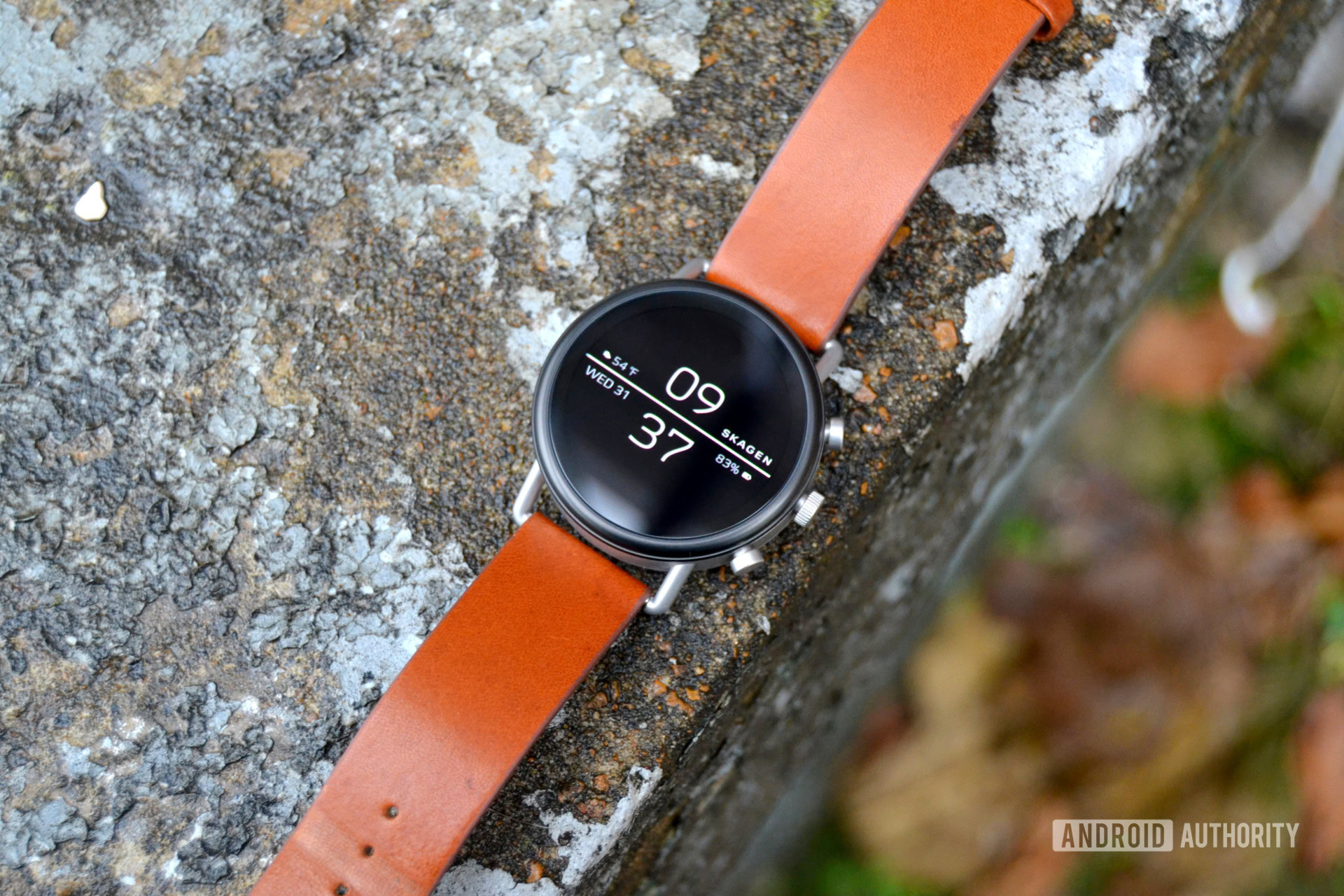
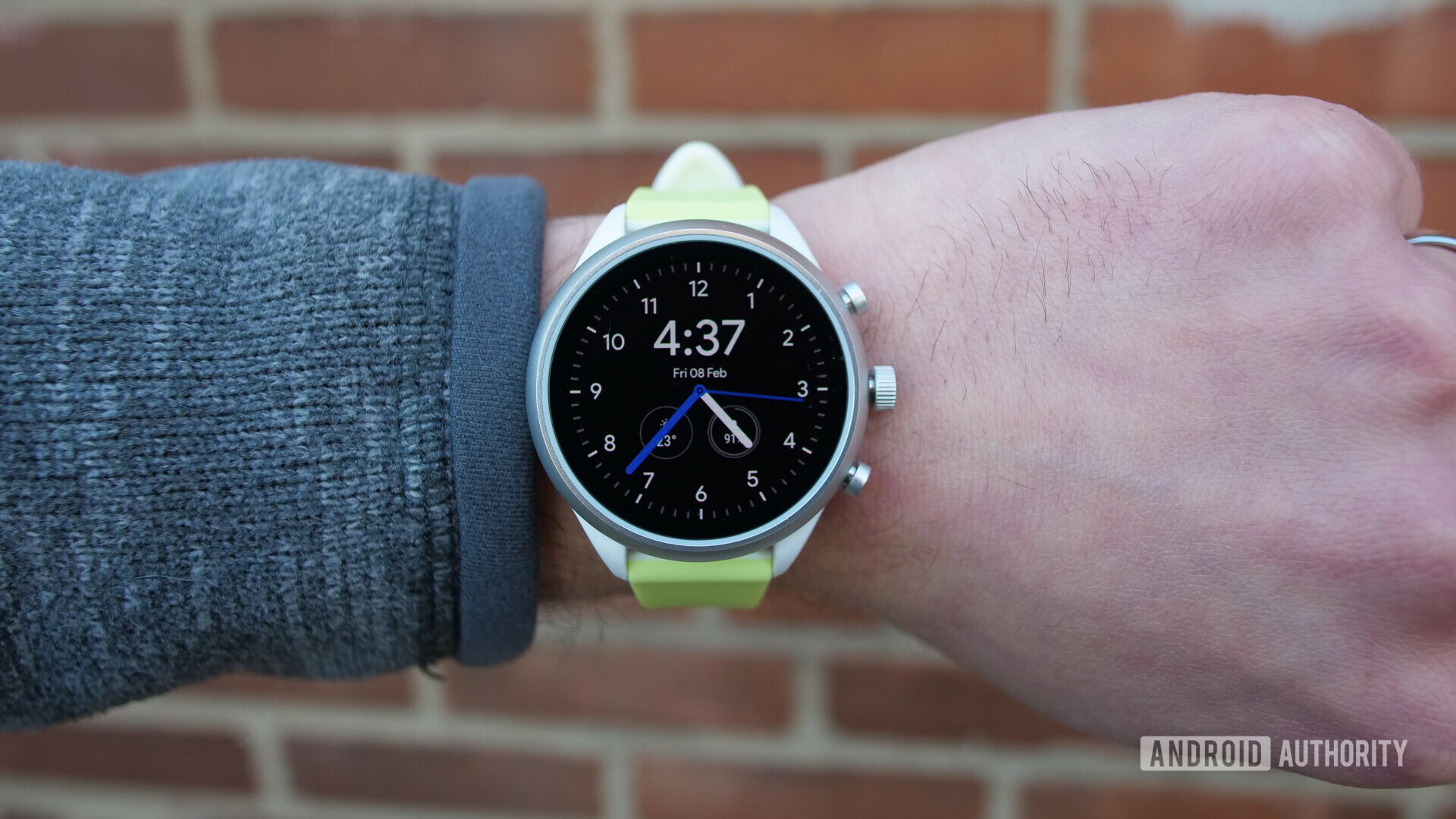
Android first launched to the public in 2008 with Android 1.5 Donut. Five years later, we had Android 4.4 KitKat. The differences between those two versions of Android are vast — you’d be forgiven thinking they were just different operating systems entirely. Wear OS turned five this year, and it hasn’t changed nearly as much. The truth may hurt a bit, but with interest in the platform as mild as it is, maybe it’s time to let the OEMs go wild and play.
Tell us what you think in the comments!